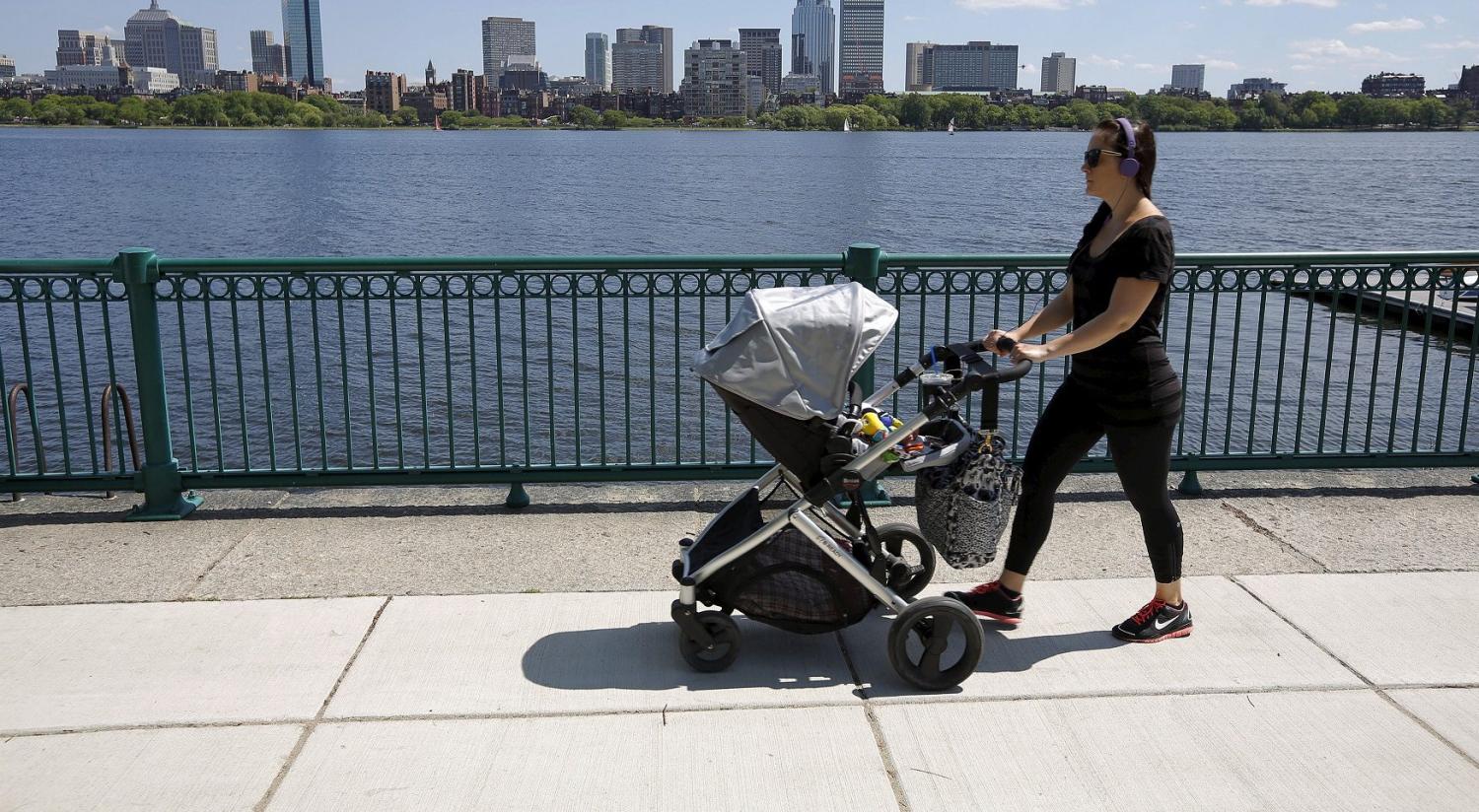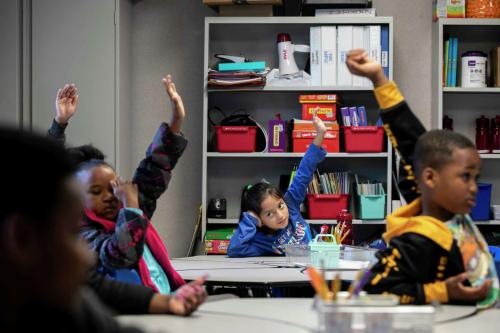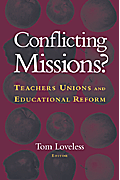This Tuesday, November 8, Massachusetts residents will cast their vote on a hotly debated ballot question on whether to lift the cap on the number of charter schools in high-need districts across the state, including Boston. One of the main arguments for those opposed to lifting the cap is that charter schools do not serve a significant number of the highest need students, that they are selective and shape enrollment in ways that public schools cannot, and thus place a burden on district public schools to serve those students with the greatest needs.
A review of Boston charter schools and Boston Public Schools data suggest that there are key differences in enrollment among these city schools, particularly among certain student subgroups, such as Students With Disabilities and English Language Learners. There is also an important, less discussed difference between Boston charter schools and BPS in terms of students who are “administratively assigned”—i.e., students whose families do not register or select schools, and are then by default assigned to district public schools.
With that said, Boston is one of the few cities in the country uniquely positioned to address enrollment equity and access between charters and traditional public schools. The Mayor and school leaders have already proposed developing a citywide enrollment system. Though some charters have taken steps towards greater enrollment of these disadvantaged subgroups, I argue that taking even bigger, bolder steps in the development of this enrollment system can help Boston become a national model for education equity and access.
Enrollment disparity
While Boston charters have improved their enrollment rates for certain student subgroups, such as Students With Disabilities (SWDs) and English language learners (ELLs), they still trail Boston Public Schools (BPS). According to a February 2016 report from the MA Department of Elementary and Secondary Education, in school year 2014-2015, 15.9 percent of Boston Charter students were SWDs compared to 19 percent for BPS. BPS still educates the large majority of students within severe disability categories (92 percent to 96 percent depending on the category)—i.e. students who are developmentally delayed, autistic, or have emotional disturbances or intellectual disabilities.
And while the ELL student rate among Boston charters has improved significantly, rising from 3.2 percent in 2011 to 13.8 percent, BPS serves over twice this rate of ELL students: 29.8 percent.
Less discussed or studied is that charters lag behind public schools in another challenging student sub-group: “administratively assigned” students. Many of these students are from families that did not register and/or list their school preferences through the district’s enrollment process.
There is little available data or research on who these students are and why they failed to register or select schools. It could be that their families recently moved or immigrated to the city. Or they may face language and cultural barriers. Other families may be disengaged because of factors, such as depression/mental health, substance abuse issues, family disruption, unemployment, etc. More analysis of this student group is needed to understand why they fail to register/select schools, and what steps can be taken to better engage them.
By default, these students are assigned to district public schools. In turn, these students can present schools with a range of challenges, from inconsistent parent communication or involvement, unknown/undiagnosed learning and language issues, poor attendance, and low student engagement.
While we know little about the demographics of these students, we do know that their numbers are not insignificant. In 2011, approximately 5 percent of all BPS students (~2,800) were administratively assigned to their schools. To put this number into perspective, it’s equivalent to 34.5 percent of the current Boston charter school enrollment (8,100) and the same number of Boston students who have applied to and attend suburban schools each year through METCO, an inter-district school assignment program promoting increased racial diversity in the Boston area. Among the lowest performing BPS schools—or “Turnaround Schools”—a disproportionate number (representing 12 percent) of students were administratively assigned.
At the same time, because their enrollment is based on parent choice, charter schools have no administratively assigned students. Thus, they do not contend with this specific enrollment challenge.
A way forward
To counter arguments of selectivity, charters would do well to proactively enroll more SWDs, ELLs, and—importantly—students from minimally engaged families.
Thanks to Mayor Walsh and the Boston Compact, BPS and charter school leaders have a strategy in place to promote greater enrollment equity and access. In the fall of 2015, the Mayor and the Boston Compact, a coalition of public, charter, and Catholic schools, proposed a unified or citywide school enrollment system. Once launched, this system will allow all Boston parents to complete one school enrollment application at one set time for all available school options—district public schools and charter schools. Thus, the burden falls less on families to seek out and apply independently to multiple schools at various times, thereby advantaging those parents who do take these steps.
Boston would join just a few cities in the country taking such as step. New Orleans, Washington, D.C., and Denver have implemented universal enrollment systems as well. Yet Boston might go further to ensure equity by taken a bold, unprecedented step of administratively assigning students more evenly among district schools, and across both district and charter schools, ensuring these students become a collective responsibility.
This step would require charter schools—and many high performing BPS schools as well—to agree to hold a certain number of slots open for administratively assigned students. Students might be assigned by neighborhood, or by using data based on choices of others of similar backgrounds and neighborhoods. If possible, their families could be contacted with a short list of schools to choose from. The receiving schools would then make concerted efforts to engage these students and their families enrolled. It leaves much up in the air and it’s a lot to ask of schools—yet this is a reality many BPS schools (and no charter schools) face now. Charter schools that commit to such a process would go a long way towards countering claims that they unfairly select or ‘cream skim’ students.
Regardless of whether Boston charters schools remain “capped” or increase in number over the next few years, as public schools, charters must work with the Mayor and BPS to improve educational equity and access for all families. The Mayor’s unified enrollment proposal and the commitment of charter school leaders to address this issue gives the city a unique head start. Let’s hope Boston can seize upon this progress and become a national model for uniting all schools to adequately serve all families.
The Brookings Institution is committed to quality, independence, and impact.
We are supported by a diverse array of funders. In line with our values and policies, each Brookings publication represents the sole views of its author(s).










